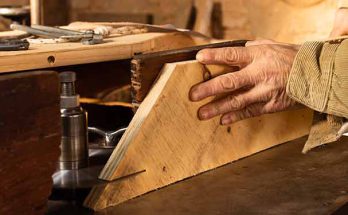 Africa’s construction sector is shifting towards sustainable materials, with cross-laminated timber (CLT) emerging as a key contender. Rising environmental concerns and the need for climate-resilient buildings are driving this transformation. CLT, known for its structural strength and ability to sequester carbon, offers a low-emission alternative to traditional materials like concrete and steel, making it increasingly attractive to developers.
Africa’s construction sector is shifting towards sustainable materials, with cross-laminated timber (CLT) emerging as a key contender. Rising environmental concerns and the need for climate-resilient buildings are driving this transformation. CLT, known for its structural strength and ability to sequester carbon, offers a low-emission alternative to traditional materials like concrete and steel, making it increasingly attractive to developers.
The continent is seeing a growing interest in mass timber projects, particularly in East Africa, where plantation forestry is expanding. However, the region still lacks sufficient sawmills producing kiln-dried and graded timber for CLT manufacturing, limiting large-scale adoption.
One major advantage of CLT is its compatibility with Design for Manufacturing and Assembly (DfMA), a method that enhances precision, reduces waste, and speeds up construction. Research suggests DfMA can cut project costs by up to 37% and assembly time by 62%. Digital tools like Building Information Modelling (BIM) further improve efficiency, allowing seamless collaboration among architects, engineers, and project managers.
The growing demand for mass timber spans residential, commercial, and eco-tourism sectors, with developers recognizing its sustainability and efficiency benefits. However, experts stress the need for specialized training in CLT installation, as working with mass timber differs significantly from traditional joinery and furniture production. To ensure successful implementation, installation teams must be exposed to international best practices.
As Africa’s construction industry continues evolving, CLT and other timber solutions are set to play a crucial role in sustainable urban development.



